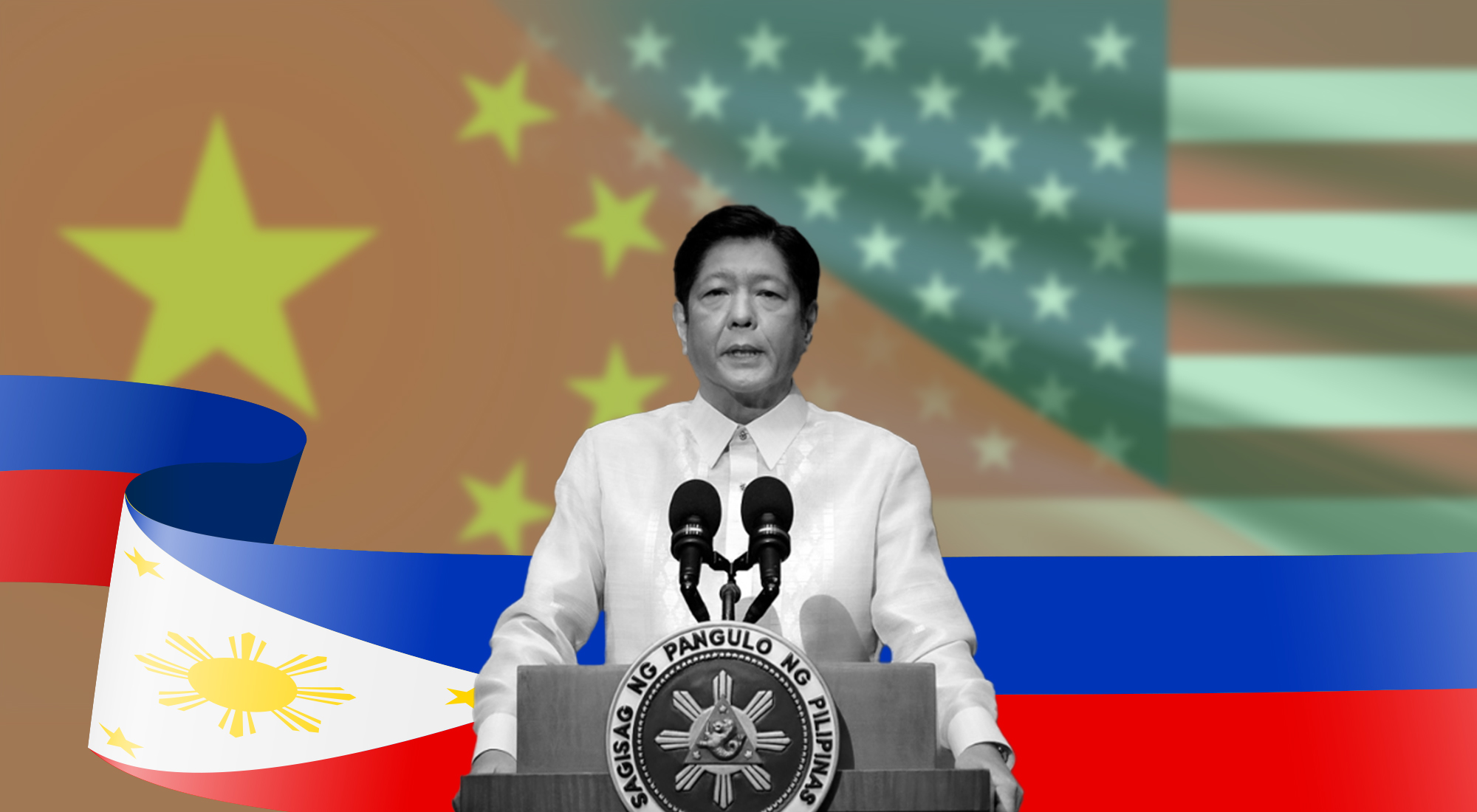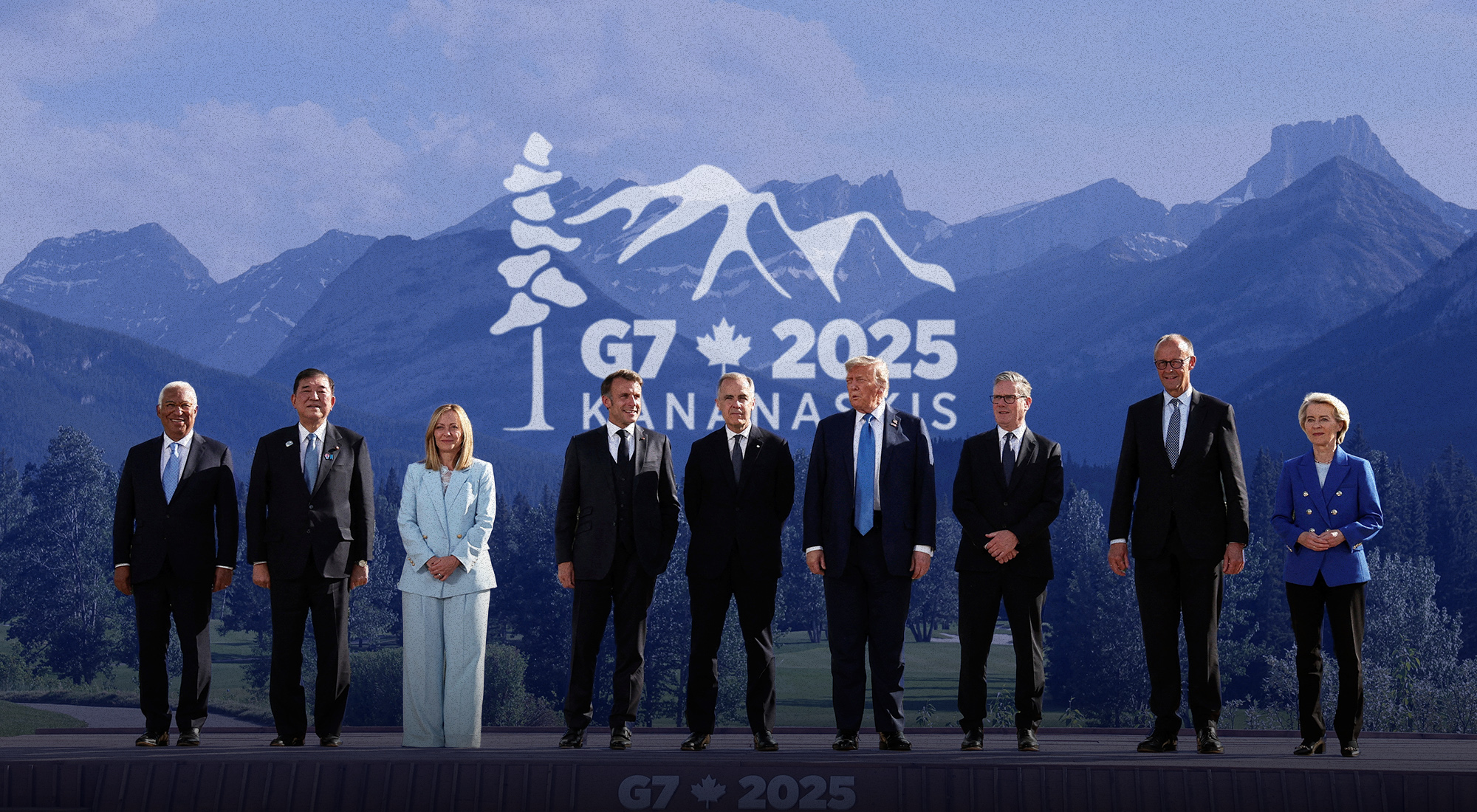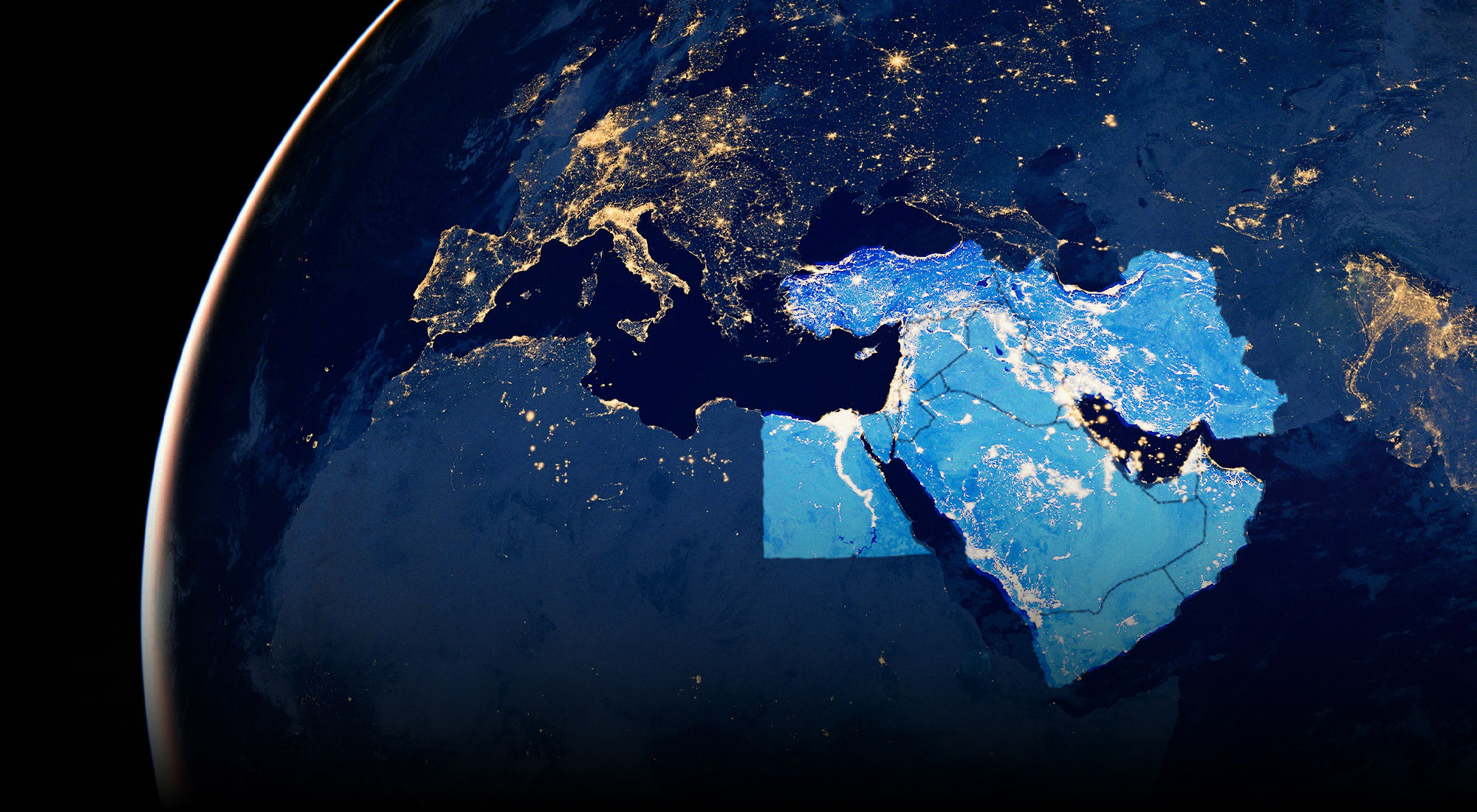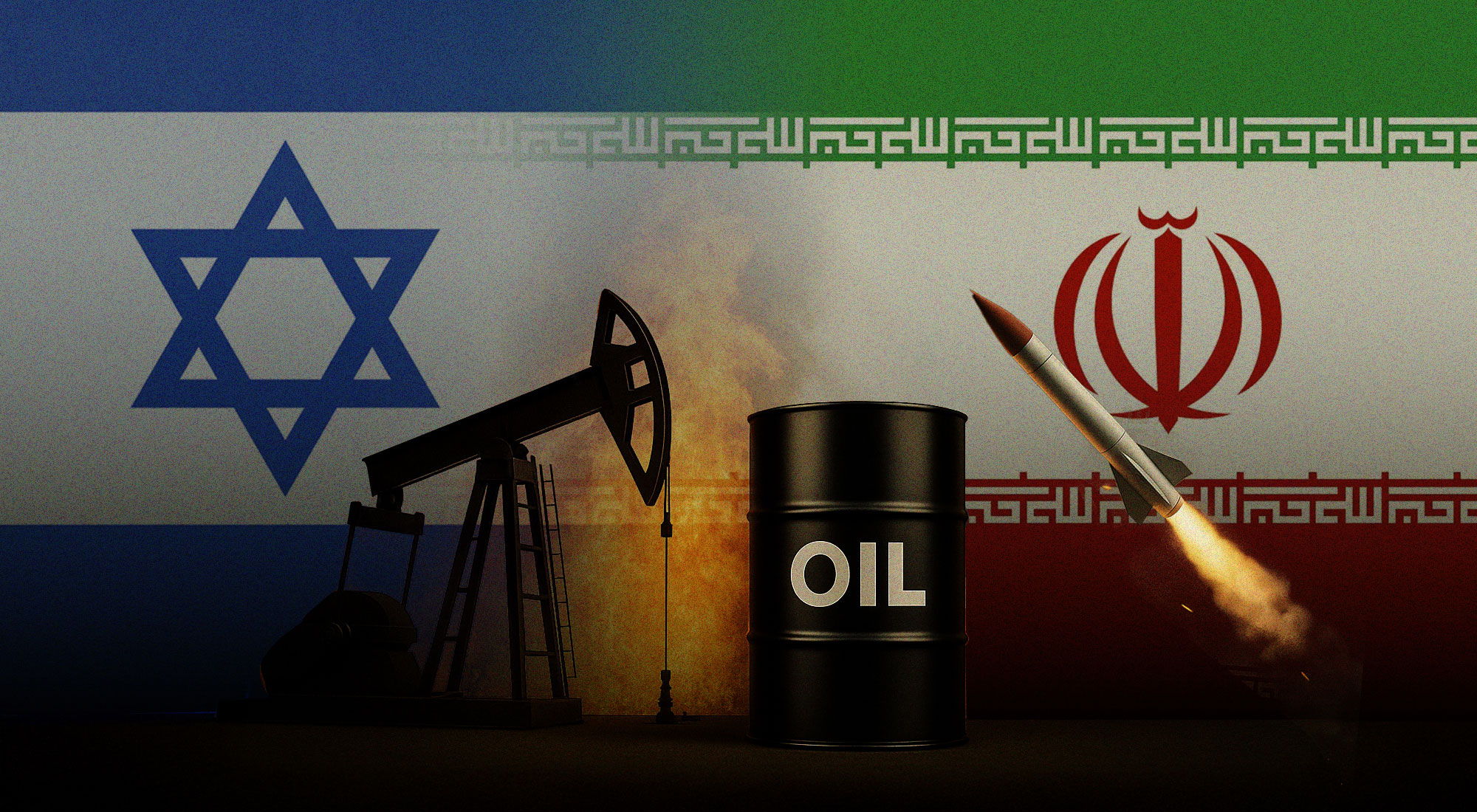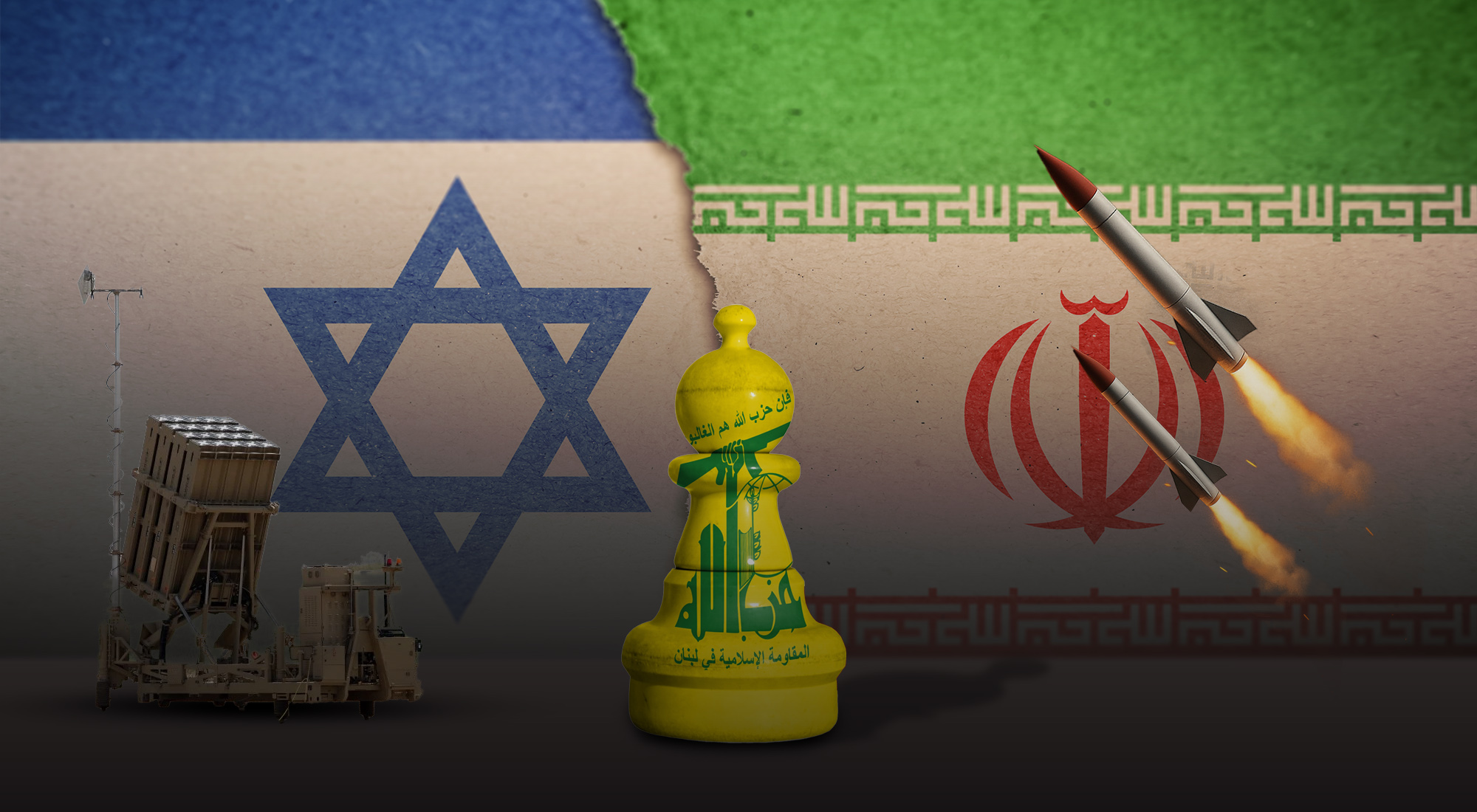During his maiden visit to Beijing in January, Philippine President Ferdinand Marcos Jr. stressed that Philippine-China relations “must extend to commerce, culture, education, investment, as well as people-to-people exchanges,” underlining the “many opportunities” to strengthen cooperation “at every level.”[1] Flanked by a 200-strong delegation composed of top businessmen and technocrats, the Filipino President met key Chinese leaders, including President Xi Jinping, then-premiere Li Keqiang, and head of the National People’s Congress, Li Zhanshu. Although relatively short, extending over two days only, the high-profile trip culminated in 14 cooperation agreements, cutting across all major aspects of bilateral relations, as well as $22.8 billion in new investment pledges by China.[2]
It is quite telling that Marcos Jr. chose Beijing ahead of Tokyo or Washington as his first major overseas destination. Historically, Filipino presidents – with the exception of Rodrigo Duterte (2016-2022), who refused to visit any major Western capital due to disagreements over human rights issues – chose key allies as their first top destination. Ahead of his visit to Beijing, Marcos Jr. emphasized how he “look[ed] forward to discussing political-security issues of a bilateral and regional nature,” vowing to “seek to resolve [outstanding] issues to mutual benefit of [the] two countries.”[3]
Similar to his late father, who was among the first US allies to normalize ties with Maoist China in the mid-1970s, Marcos Jr. portrayed bilateral relations with Beijing through the prism of opportunities, especially on the economic front, rather than challenges. By developing robust ties with Beijing, Marcos Jr. also sought to reduce his country’s dependence on traditional allies, especially the US, and, accordingly, enhance his country’s strategic autonomy. After all, the Filipino President indicated, early into office, his preference for a more ‘multi-vector’ foreign policy, which shunned a Cold War mindset and overt alignment with any superpower against another.[4]
In a seemingly unexpected turn of events, however, the Philippines began doubling down on its military alliance with the US, as well as its security partnerships with Japan and Australia, not long after Marcos Jr.’s return from Beijing. In April, the Philippines and US conducted their largest-ever war games, with as many as 17,000 participating troops and personnel.[5] Shortly before, Manila announced its decision to grant the Pentagon expanded access to prized bases across the country’s northern and western shores. The two allies also held their first 2+2 Ministerial Dialogue, among their top defense and foreign policy officials, in seven years amid booming strategic ties.[6]
In parallel, the Philippines also sought closer defense ties with Japan, including a potential visiting forces agreement, as well as joint maritime patrols with Australia, especially in the hotly-contested South China Sea.[7] Then came Marcos Jr.’s official visit to the White House and high-profile visit to the Pentagon in early May, where the two allies discussed a whole range of cooperative initiatives on both defense and economic fronts.[8] All of a sudden, the Southeast Asian country became America’s new star ally, playing a crucial role in the Pentagon’s so-called “integrated deterrence” strategy against Beijing.[9]
Bolt from the blue
Just over a week after his visit to Beijing, Marcos Jr. began to adopt a very different tone on his country’s maritime disputes with the Asian superpower. During his long conversation with the World Economic Forum’s President Børge Brende in Davos in mid-January, the Filipino President expressed chronic distress over the South China Sea disputes. It “keeps you up at night, keeps you up in the day, keeps you up most of the time. It’s something…very dynamic. It’s constantly in flux,” he complained, emphasizing how “you have to pay attention to it and to make sure that you are at least aware of the present situation so that you’re able to respond properly.”[10]
Despite insisting on the wisdom of a non-aligned foreign policy, the Filipino President appeared to be very much aligning with the US against China, following a series of major decisions not long after his Beijing trip. In early February, the Marcos Jr. administration cleared not only the “full implementation” but also the expansion of the parameters of the Enhanced Defense Cooperation Agreement (EDCA),[11] which was staunchly opposed by his Beijing-friendly predecessor, Rodrigo Duterte. Negotiated in the wake of the Philippines’ months-long naval standoff with China over the Scarborough Shoal in 2012, the EDCA grants US troops rotational access to as well as the permission to preposition weapons systems, aircrafts, and warships across pre-designated military bases in the Philippines.[12]
The former Benigno Aquino III (2010-2016) administration negotiated EDCA in order to enhance the country’s deterrence capability against external threats, particularly amid rising tensions in the South China Sea. Under the defense pact, signed in 2014 just hours before then US President Barack Obama’s visit to Manila, the Pentagon may undertake “security cooperation exercises; joint and combined training activities; humanitarian assistance and disaster relief activities; and such other activities as may be agreed upon by the Parties.”[13] In exchange, the US will assist the modernization of the Armed Forces of the Philippines (AFP) by addressing the latter’s “short-term capabilities gaps, promoting long-term modernization, and helping maintain and develop additional maritime security, maritime domain awareness, and humanitarian assistance and disaster relief capabilities.”[14]
Since the Philippine constitution bars the establishment of ‘permanent’ US bases, critics challenged the legality of the EDCA at the Philippine Supreme Court, which, two years after the signing of the defense pact, reaffirmed its constitutionality. Nevertheless, Duterte, who prioritized warm relations with China, repeatedly threatened to nix EDCA, which technically is an ‘executive agreement’ since it has yet to be ratified by the Philippine Senate. Although the pact was eventually implemented, the former Filipino president refused to allow US troops to preposition weapon systems in pre-designated bases out of fear of undermining his country’s sovereignty and, more crucially, provoking China.[15]
Despite praising Duterte’s foreign policy and vowing to pursue a ‘new golden era’ in bilateral relations with China, Marcos Jr. went so far as even expanding the EDCA, granting the Pentagon four additional bases in recent months. What is quite telling is their location: one is on Balabac Island in Palawan, which embraces the South China Sea, while the other three – Camp Melchor Dela Cruz, Camilo Osias Naval Base, and Lal-lo Airport – are located in the northernmost provinces of Isabela and Cagayan, which also happen to be close to Taiwan.[16]
Under its original terms, the EDCA had also granted US troops access to Basa Airbase, which is close to the Scarborough Shoal, and Bautista Airbase, which is close to the Spratly group of islands. Despite reassurances by Marcos Jr. that these bases will not be used for America’s offensive military objectives, the Philippine military has made it clear that the EDCA facilities “will also be made available during emergency situations for combined use of the US and the AFP.”[17]
The upshot is the expansion of American military presence close to two theatres of top strategic concern to China, namely Taiwan and the South China Sea, which, in turn, are the heart of the so-called “First Island Chain” in the Western Pacific. As if that were not enough, Marcos Jr. also greenlighted the expansion of joint military activities, from 300 last year to 500 in 2023.[18] If anything, the two allies conducted their largest-ever army as well as largest-ever multi-domain exercises this year. First came the Salaknib exercise in Fort Magsaysay in Central Luzon, between the Philippine and US armies, which focused on drills that simulated joint defense against a potential full-scale invasion of the Philippines. Then came the even larger Balikatan exercises, which featured as many as 17,000 troops and personnel from all major branches of the US and Philippine armed forces as well as several hundred troops from Australia and Japan, two observer nations in the annual mega exercises. Crucially, not only did the Balikatan exercises largely take place in the province of Zambales, which embraces the South China Sea, but the allies also simulated the sinking of an enemy vessel not far from the disputed Scarborough Shoal.[19] The message to China was unmistakable: The Philippines and US are preparing for a potential conflict with the Asian superpower.
Turning point
The shift in Philippine foreign policy under Marcos Jr. is the product of three convergent factors. To begin with, the Filipino President never shared his predecessor’s history of personal animosity and grievances vis-à-vis the West, nor was he ever a fan of the nationalist-progressive rhetoric that animated the Duterte administration. If anything, the British-educated Marcos Jr. was always fond of the West, where he spent many memorable years and also where his immediate family members, including sons, were educated in. Not to mention, he spent several years in luxurious exile in Hawaii following the downfall of his father’s regime. Just like his father, who maintained a robust military cooperation with the US throughout the Cold War period, Marcos Jr. is a staunch believer in the value of the century-old alliance, especially in terms of facing external threats.[20]
And this brings us to the second factor, namely his appreciation of the Joseph Biden administration’s charm offensive soon after Marcos Jr. won the presidency. Throughout his presidential campaign, the namesake son of the former Filipino strongman largely omitted any mention of the US. This was likely due to the fact that, inter alia, Marcos Jr. was worried about Washington’s embrace of his prospective presidency. On one hand, the Democratic administration in the White House has placed ‘democracy promotion’ at the heart of its foreign policy agenda, hosting the inaugural global Summit for Democracy in 2021. But more crucially, the Marcos family faces multiple court cases in the US on charges of corruption and human rights violations during the dictatorship era.
To his relief, however, not only was Biden the first foreign leader to congratulate Marcos following his election victory, but the US Deputy Secretary of State Wen Sherman also quickly reassured him of sovereign immunity against pending cases in American courts. Then came the plethora of high-level visits by top US officials, including Secretary of State Antony Blinken (August), Vice President Kamala Harris (November), and US Defense Secretary Lloyd Austin (early 2023). Biden himself held two in-person meetings with Marcos Jr. on the sidelines of the UN General Assembly in New York and Association of Southeast Asian Nations (ASEAN) Summit in Cambodia in 2022.[21]
The most important factor in shaping Marcos Jr.’s foreign policy, however, was the dearth of deliverables following his maiden visit to Beijing. Although the two sides spoke of a whole host of joint projects, Chinese leaders did not provide (i) any assurance on the status of unfulfilled big-ticket infrastructure investments under the Belt and Road Initiative and, even more crucially (ii) any concessions on the South China Sea disputes.[22] Ongoing discussions over joint energy exploration deals in the disputed areas have been largely deadlocked over uncompromising sovereign claims by both sides.[23]
The Marcos Jr. administration’s strategic about-face has triggered spirited opposition at home, most notably from the incumbent’s elder sister, Senator Maria Imelda “Imee” Marcos, who chairs the foreign affairs committee at the upper-chamber, as well as former president Rodrigo Duterte, who is close to the Chinese-Filipino business community. Crucially, provincial governors, especially from the northern province of Cagayan, which is close to Taiwan’s southern shores, have also publicly opposed expanded bilateral defense relations.[24] On its part, China has publicly warned the Philippines against any move that “escalates tensions in the region and endangers regional peace and stability.”[25] Nevertheless, Marcos Jr. is likely to press ahead with his current strategic directions, thanks to widespread public support as well as the backing of the powerful Philippine military. It remains to be seen, however, if his latest strategic maneuver will dangerously provoke China or, alternatively, place the Philippines in a strategic sweet spot vis-à-vis the superpowers.
References
[1] Betheena Unite, “Marcos Hopeful on China’s Sustained PH Investments,” Manila Bulletin, January 4, 2023, http://bitly.ws/DDir.
[2] See Ministry of Foreign Affairs of the People’s Republic of China, “Joint Statement between the People’s Republic of China and the Republic of the Philippines,” January 5, 2023, http://bitly.ws/DDiZ.
[3] “Marcos Promises More Investments, Seeks Resolution of Issues with China in State Visit,” CNN Philippines, January 3, 2023, http://bitly.ws/DN8X.
[4] Richard Javad Heydarian, “Strategic Reboot: US, China and Marcos Jr.’s Multi-Vector Foreign Policy,” Trends Research & Advisory, September 5, 2023, http://bitly.ws/DDjp.
[5] Karen Lema, “U.S., Philippine Forces Sink Mock Enemy Warship in Their Biggest War Games Yet,” Reuters, April 26, 2023, http://bitly.ws/DNeN.
[6] Richard Javad Heydarian, “China Roars as Philippines Opens Wider to US Forces,” Asia Times, April 4, 2023, http://bitly.ws/DDjP.
[7] “Japan and Australia May Join Philippine S China Sea Patrols,” Taipei Times, March 1, 2023, http://bitly.ws/DDjZ.
[8] Richard Javad Heydarian, “US-Philippines Deepen Defense Guidelines on China,” Asia Times, May 8, 2023, http://bitly.ws/Knkf.
[9] For the Pentagon’s concept of ‘integrated deterrence’, see C. Todd Lopez, “Integrated Deterrence at Center of Upcoming National Defense Strategy,” U.S. Department of Defense, March 4, 2022, http://bitly.ws/ALxk.
[10] Bea Cupin, “Marcos Says South China Sea Tension ‘Keeps Him Up’ at Night and ‘Most of the Time’,” Rappler, January 19, 2023, http://bitly.ws/DDn8.
[11] See U.S. Department of Defense, “Philippines, U.S. Announce Four New EDCA Sites,” February 1, 2023, http://bitly.ws/DDnk.
[12] Gregory Poling and Conor Cronin, “The Dangers of Allowing US-Philippine Defense Cooperation Languish,” War on Rocks, May 17, 2018, http://bitly.ws/DDnG.
[13] Richard Javad Heydarian, “China Roars as Philippines Opens Wider to US Forces,” Asia Times, April 4, 2023, http://bitly.ws/DDjP.
[14] U.S. Embassy in the Philippines, “Enhanced Defense Cooperation Agreement (EDCA) Fact Sheet,” March 20, 2023, http://bitly.ws/DDo3.
[15] Gregory Poling and Conor Cronin, “The Dangers of Allowing US-Philippine Defense Cooperation Languish,” War on Rocks, May 17, 2018, http://bitly.ws/DDnG.
[16] Cliff Venzon, “Philippines Grants U.S. Military More Base Access amid China Threat,” Nikkei Asia, February 2, 2023, http://bitly.ws/DDog.
[17] Job Manahan, “EDCA Sites May Be Used by PH, US for ‘Emergency Situations’: AFP,” ABS-CBN News, April 12, 2023, http://bitly.ws/DDoH.
[18] Richard Heydarian, “Is Marcos Jr aiding a new Cold War in the Indo-Pacific?” The National, February 17, 2023, http://bitly.ws/DNoG.
[19] Richard Javad Heydarian, “US-Philippines in Biggest Drills Ever Aimed at China,” Asia Times, April 13, 2023, http://bitly.ws/DDp3.
[20] Richard Javad Heydarian, “The Return of the Marcos Dynasty,” Journal of Democracy 33, no. 3 (2022): pp. 62-76, http://doi.org/10.1353/jod.2022.0040.
[21] Tristan Nodalo, “Another Marcos, Biden Meeting Eyed in April – Envoy,” CNN Philippines, January 25, 2023, http://bitly.ws/zo8S; “Bongbong Marcos Meets Biden on ASEAN Summit Sidelines,” ANC [Video], November 14, 2022, http://bitly.ws/Knrn.
[22] See Ministry of Foreign Affairs of the People’s Republic of China, “Joint Statement between the People’s Republic of China and the Republic of the Philippines,” January 5, 2023, http://bitly.ws/DDiZ.
[23] Bea Cupin, “Xi Vows ‘Compromise’ over Fisherfolk Plight, Says Marcos,” Rappler, January 5, 2023, http://bitly.ws/DDqe.
[24] Richard Javad Heydarian, “Coalition of the Unwilling? Resistance to Marcos Jr.’s EDCA Deal,” Asia Maritime Transparency Initiative, April 26, 2023, http://bitly.ws/DDqn.
[25] See Embassy of the People’s Republic of China in Malaysia, “Foreign Ministry Spokesperson Mao Ning’s Regular Press Conference on February 2, 2023,” http://bitly.ws/DDqB.



